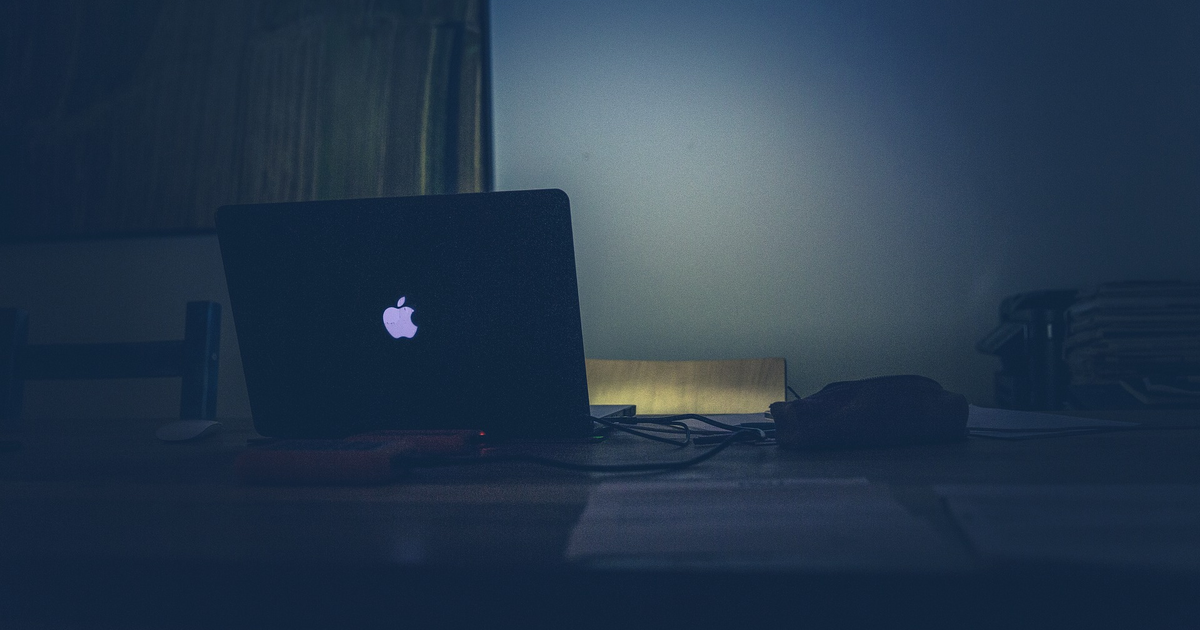#greetingcards #handmade #handmadecards #parchment #anniversary
Recent searches
Search options
#parchment
#greetingcards #handmade #handmadecards #parchment #anniversary
// Parchment rosette for harpsichord copied after Vincentius Pratensis, Italy, 1610.
3 layers of goatskin parchment and tinted goatskin parchment carved and superimposed.
Diameter: 80 mm
// Rosette entirely handmade in the workshop
Cytology brush technique unlocks medieval DNA clues from parchment pages
At North Carolina State University, a research project is changing our understanding of medieval history. The team extracts DNA from old parchment documents...
More information: https://archaeologymag.com/2025/02/cytology-brush-medieval-parchment-pages/
Follow @archaeology
What can #parchment reveal about the animals and people behind it?
Matthew Collins @KOBENHAVNS UNIVERSITET uses biocodicology to explore the hidden lives of the past.
Discover more https://europa.eu/!CGyPTP
https://bit.ly/42biiFl
#FrontierResearch @CORDIS_EU
---
https://nitter.privacydev.net/ERC_Research/status/1882715290175492514#m
New #introduction: I’m the Mark Andrews Fellow in Book Science at OBNS (Old Books New Science) Lab, University of Toronto, and a #MedievalManuscripts scholar and cataloguer. My research mainly focuses on later #medieval European #manuscripts with an emphasis on scientific and #quantitative methods, #materiality, and provenance studies.
#BookScience #codicology #palaeography #BookHistory #HeritageScience #parchment #DigitalHumanities #quant #statistics
Looking forward to visiting #Copenhagen this week for ‘The Future of Molecular Palaeography’, a closing workshop/discussion for the @ercb2c project
#Parchment #BookScience #QuantitativeHumanities #MedievalManuscripts
https://sites.google.com/palaeome.org/ercb2c/get-involved/workshops/copenhagen-24
New #introduction: I’m Oschinsky Research Associate at Cambridge Univ Library, Fellow of Girton College, & a #MedievalManuscripts scholar & cataloguer. My research mainly focuses on later #medieval European #manuscripts with an emphasis on #quantitative methods, materiality, & provenance. I’m about to publish a book on #parchment & have started writing another on legal manuscripts.
#codicology #palaeography #BookHistory #LegalHistory #DigitalHumanities #quant #BookHistodons #Medievodons
Beautiful damage in a copy of Theodosian Code (Lyon, 6th century). #MedievalManuscripts #Manuscripts #Parchment #LegalHistory #HistoryOfLaw #Conservation #oops
@bookhistodons @medievodons
Interesting #parchment irregularities in a 14th century copy of Hildegarde von Bingen’s Physica (Book 1: De Plantis). #MedievalManuscripts #Manuscripts #Damage #DamagedBooks
@bookhistodons @medievodons
The #ink in this University of Victoria manuscript has partially flaked away, leaving faint ‘footprints’ where it ate into the surface of the #parchment. #MedievalManuscripts #Manuscripts #MedievalManuscriptsInCanada #ManuscriptGhosts
@bookhistodons @medievodons
This is a wonderful story bot @ERC_Research - analysing the waste from the special conservationists' erasers to learn more about medieval manuscripts & their production:
https://erc.europa.eu/projects-figures/stories/uncovering-medieval-stories-held-parchment
#Beasts2Craft #B2C
Project led by @MatthewCollins - project website https://sites.google.com/palaeome.org/ercb2c
#medieval #manuscript #DNA #parchment #conservation #NoWaste #ManuscriptConservation #BioCodicology #histodons #medievodons @medievodons @histodons
#OutNow in #OA: 'Touching #Parchment: How #Medieval Users Rubbed, Handled, and Kissed Their #Manuscripts - Volume 1: #Officials and Their #Books' by Kathryn M. Rudy.
The #Medieval book, both #religious and #secular, was regarded as a most precious item. The traces of its use through touching and handling during different rituals such as oath-taking is the subject of Kathryn Rudy’s research in 'Touching Parchment'.
Rudy presents numerous and fascinating case studies that relate to the evidence of use and damage through touching and or kissing.
She gives the reader the opportunity to reflect on the social, anthropological and historical value of the use of the #book by sharpening our senses to the way users handled books in different situations.
Access this OA title for free or get a hard copy at https://openbookpublishers.com/books/10.11647/obp.0337
Completely unconsciously my #walk today has perfectly described #medieval #maps of #Britain based on the #geography of #Ptolemy. Think #GoughMap rather than Matthew Paris (who famously ran out of #parchment so reduced the size of #Scotland and apologised for so doing in the margin!).
We have immensely cool things cooking in #ManuscriptStudies & #BookSciences at University of Toronto
https://twitter.com/sjlahey/status/1623087745026367494
Stay tuned…
https://twitter.com/l_bozec/status/1623087488066588672
Today our lab—University of Toronto’s Old Books New Science Lab (in which I am a postdoc)—was featured on CBC Radio:
The Old Books New Science project judges #books by their covers—and #paper, spines, and #ink
#BookHistory #BookScience #MedievalManuscripts #parchment #Science #QuantitativeHumanities @bookhistodons
https://www.cbc.ca/listen/live-radio/1-39-metro-morning/clip/15953703-the-old-books-new-science-project-judges-books
From beast to book - Parchment, made from animal skin, can vividly show what it is made of. This hole, left by parchment maker's knife, contains hair of the skin's first owner, a calf that lived a thousand years back.
A decade ago I planned to make a photo book focusing on the beauty of book damage. I still plan to do so but will share some of the images I took here.
Pic (my own): Leiden, UB, BUR Q 1 (ca. 1100).
The sides of medieval books can be quite beautiful. And because of the materials used, paper and parchment copies look very different.
Paper in older books is brittle and uneven, and has a yellowish colour - though not usually so for medieval paper.
Parchment tends to curl, giving the long side of the manuscript a lovely "wavy" appearance.
Pics: Leiden, UBL, SCA 28 (9th c); Leiden, Archives, SA 207 (1717, not strictly medieval).
#paper #parchment #BookHistory #history @medievodons @histodons
Sketches of children (?): girl is fishing, boy holds on to a boat. This is found on the back of a document from 619-629 AD about the conscription of troops along the river Nile. The original document was larger (see stitches at the top) and was likely repurposed as a sketchpad.
Basel UB M I 18 (Middle Persian). Zoom: https://www.e-codices.unifr.ch/en/ubb/M-I-0018/1v.
Waste not, want not! Rescued from the binding of a book, this recycled fragment of a #medieval #manuscript was split down the middle, then mended with stitches in bright white thread—a beautiful contrast with the scruffy #parchment and faded ink. #Manuscripts #MedievalManuscripts #Fragmentology #Repairs @bookhistodons @medievodons @bsbmuenchen



